Elevate Your Home Aesthetics: The Ultimate Guide to Choosing White Internal Doors
In recent years, the trend of incorporating white internal doors into home designs has gained immense popularity, reflecting a shift towards minimalism and elegance in interior aesthetics. According to a report by the Home Improvement Research Institute, over 70% of homeowners consider the style and appearance of interior doors to be a critical factor in enhancing their living spaces. White internal doors are particularly favored for their versatility, seamlessly complementing various decor styles while also contributing to a sense of spaciousness and brightness in any room. Furthermore, a study conducted by the National Association of Home Builders revealed that properties featuring modern, well-designed internal doors can increase home resale value by up to 10%. As such, understanding the nuances of selecting the right type of white internal doors is essential for homeowners aiming to elevate their home aesthetics and create an inviting atmosphere.

Choosing the Right Style: Modern vs. Traditional White Internal Doors
When it comes to choosing white internal doors, the style can significantly influence the overall aesthetic of your home. Modern white doors often feature clean lines, minimalistic designs, and sleek finishes that align with contemporary decor. According to a 2022 report from the Door & Window Manufacturers Association, modern door styles have seen a 35% increase in popularity over the past five years, reflecting a growing preference for minimalist and functional designs. These doors typically utilize materials such as fiberglass or hollow core, making them lighter and easier to install.
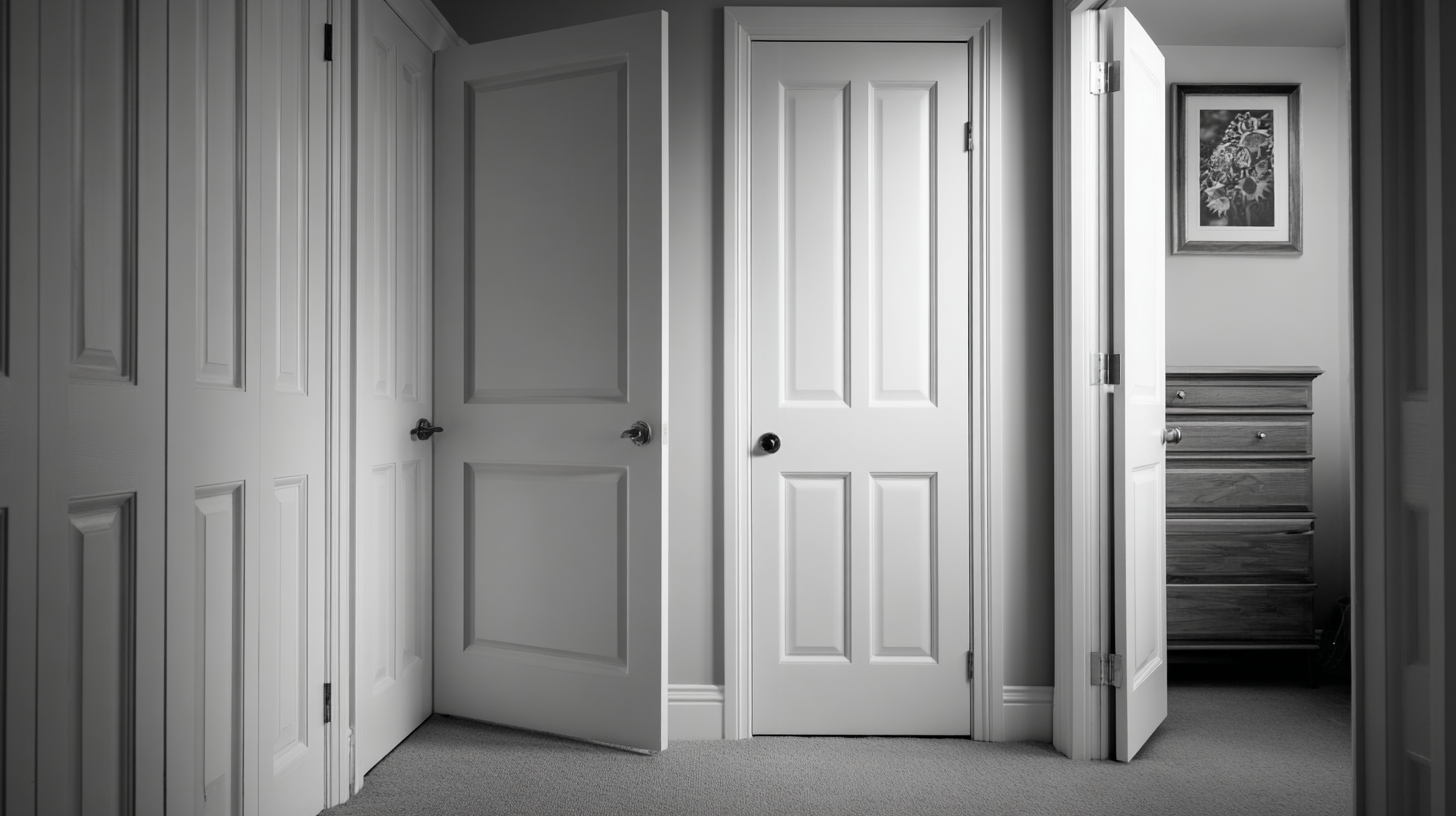
On the other hand, traditional white internal doors often showcase intricate details, including raised panels and classic hardware. These designs resonate with homeowners looking to create a warm, inviting atmosphere while adding a timeless appeal to their interiors. A recent survey by the National Association of Home Builders noted that 45% of buyers still prefer traditional styles in their homes, particularly in older properties or those emulating classical architecture. By carefully considering these options, homeowners can select white internal doors that enhance their living spaces, whether they lean towards a modern or traditional aesthetic.
Materials Matter: A Guide to Different Types of White Door Finishes
When selecting white internal doors, the choice of materials and finishes plays a crucial role in defining the overall aesthetic and functionality of your home. One popular option is painted wood, which offers versatility and can easily be refreshed with a new coat of paint. This finish provides a classic look and can be customized in various shades of white to match your interior decor. Additionally, painted wood doors are durable and can withstand the wear and tear of daily use.
Another option is molded doors, which are typically made from composite materials. These doors often feature intricate designs, adding a touch of elegance to your interiors. Molded finishes are not only lightweight and cost-effective but also resistant to dents and scratches, making them an excellent choice for busy households. Furthermore, fiberglass doors present an innovative alternative, combining the look of wood with superior insulation and weather resistance. With their smooth finish, fiberglass doors can provide a minimalist aesthetic while ensuring energy efficiency and ease of maintenance.
Elevate Your Home Aesthetics: The Ultimate Guide to Choosing White Internal Doors
| Door Type | Material | Finish | Durability | Cost Estimate |
|---|---|---|---|---|
| Hollow Core | Laminated Particleboard | Matte White | Moderate | $100 - $150 |
| Solid Core | Medium Density Fiberboard (MDF) | Glossy White | High | $200 - $300 |
| Panel Door | Solid Wood | Satin White | Very High | $400 - $600 |
| Bi-fold Door | Vinyl | Textured White | Moderate | $150 - $250 |
| Sliding Door | Aluminum and Glass | Frosted White | High | $500 - $800 |
Enhancing Natural Light: The Benefits of Glass Insert White Doors
When considering white internal doors, one of the most compelling choices is opting for glass insert doors. These designs not only elevate the aesthetics of your home but also significantly enhance natural light within your interiors. According to a report by the American Institute of Architects, homes that incorporate natural light can increase the perceived value by 20%. This increase in luminosity creates a welcoming atmosphere that not only improves the mood of the inhabitants but can also reduce energy costs as less artificial lighting is needed during the day.
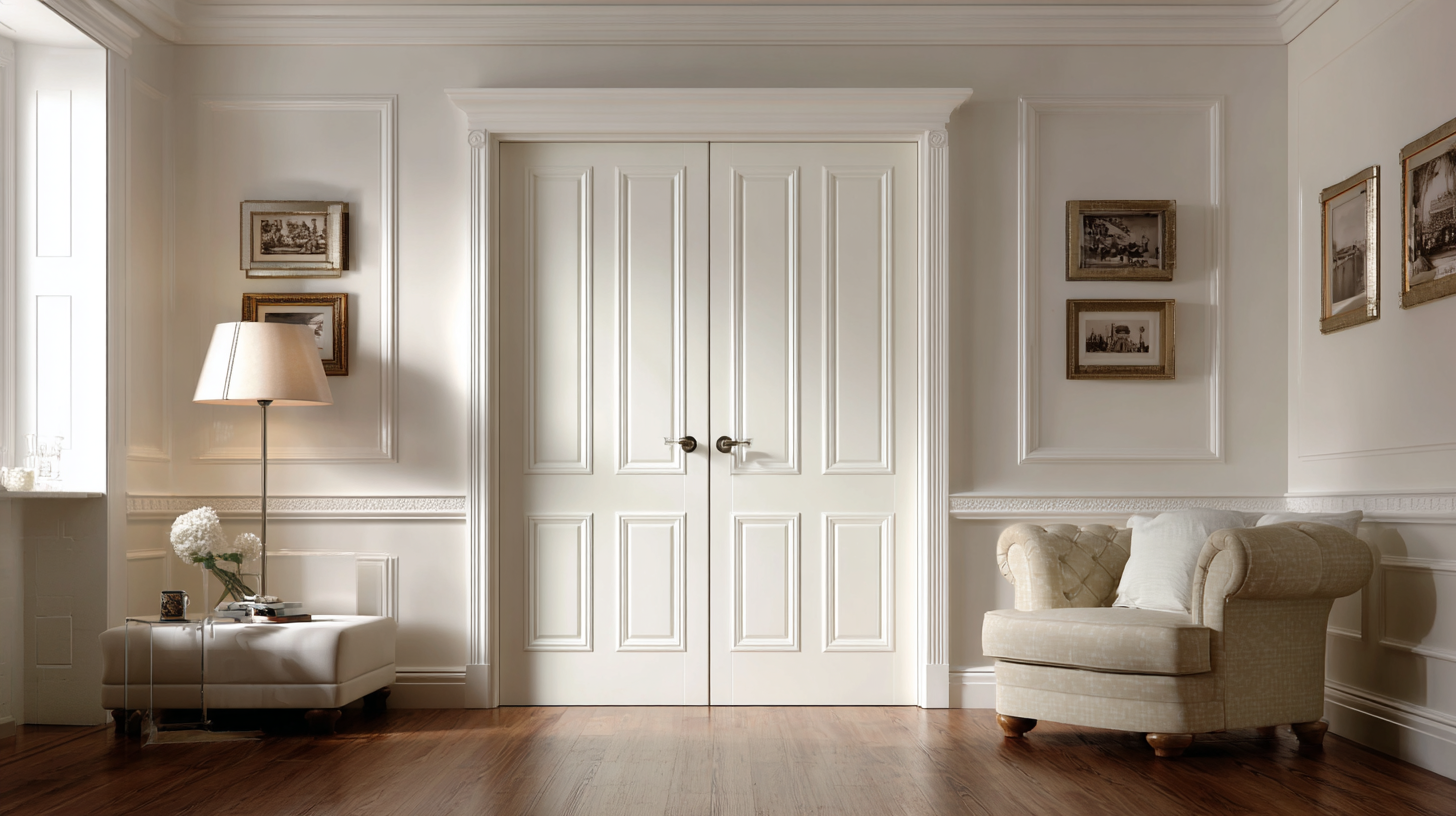
Tips: When selecting glass insert doors, choose frosted or clear glass based on your privacy needs. Frogged or textured glass can provide an appealing visual element while maintaining privacy. Additionally, consider the size and placement of the doors; larger glass panels can make smaller rooms feel more spacious.
Installing glass insert doors can also enhance your home’s energy efficiency. According to the U.S. Department of Energy, natural light helps regulate indoor temperatures, thereby reducing the need for heating and cooling systems. This not only contributes to a more sustainable living environment but also results in long-term cost savings.
Tips: Ensure that the doors are properly sealed to maximize insulation. Look for energy-efficient glass options that reduce UV rays while allowing light to filter through, keeping your interiors bright yet protected.
Color Coordination: Matching White Doors with Your Home Décor
When it comes to enhancing your home's aesthetics, choosing the right white internal doors is essential for creating a cohesive look. White doors provide a versatile backdrop that can seamlessly integrate with various décor styles, but proper color coordination is vital. Whether your home's style leans towards minimalist, contemporary, or classic, matching your white doors with your overall décor can significantly elevate your interior design.
**Tips for Color Coordination:** Begin by assessing the color palette of your rooms. If you have warm-toned walls, consider doors with a soft cream or off-white finish to create harmony. For cooler tones, a bright white door can offer a striking contrast that enhances the room's overall feel. Additionally, incorporating elements like matching trim or handles can bridge the gap between your door and other design features, ensuring that everything looks intentional and thoughtfully curated.
Another critical aspect is to consider the texture of your white doors. Matte finishes can lend a modern touch, while glossy surfaces can reflect light and amplify brightness in your rooms. Pairing white doors with stylish hardware in complementary colors, such as brushed gold or matte black, can further accentuate your design choices. Remember, the goal is to create a seamless transition that accents your space without overpowering it.
Budgeting for Quality: Investing in Durable White Internal Doors
When selecting white internal doors, budgeting wisely is crucial for ensuring both quality and longevity. According to a report by the National Association of Home Builders, homeowners can expect to spend an average of $100 to $2,000 on interior doors, depending on the material and style. Investing in durable materials such as solid wood or high-quality composite options can significantly enhance the lifespan of your doors. These materials not only offer better insulation and soundproofing but also hold their aesthetic appeal longer compared to cheaper alternatives.
Moreover, a research study conducted by the Home Improvement Research Institute found that homes with high-quality internal doors can retain up to 30% more value upon resale, highlighting the financial benefits of investing upfront. Although it may be tempting to opt for the lowest-priced options, the long-term savings incurred by selecting durable doors can outweigh initial expenditures. By allocating a reasonable budget and prioritizing quality, homeowners can elevate their living spaces while securing a wise investment for the future.
Comparative Analysis of White Internal Doors: Price vs. Durability
Related Posts
-

Transform Your Home: The Ultimate Guide to Choosing White Internal Doors for Every Room
-
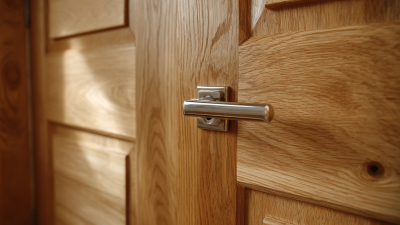
Exploring the Benefits of Solid Oak Doors: Why They Are the Ultimate Choice for Your Home
-
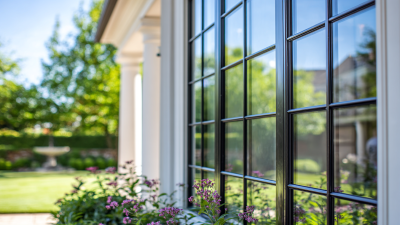
Expert Door Fitters Transform Your Home with Customized Solutions and Unmatched Quality
-
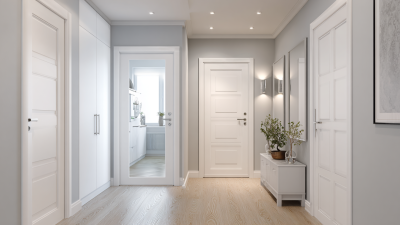
5 Essential Tips for Choosing the Perfect White Internal Doors
-
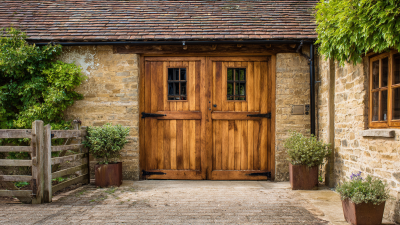
7 Essential Tips for Choosing Solid Oak Doors: Discover the 90% Durability Advantage
-

Why Choosing Black Internal Doors Can Transform Your Home's Aesthetic and Functionality
